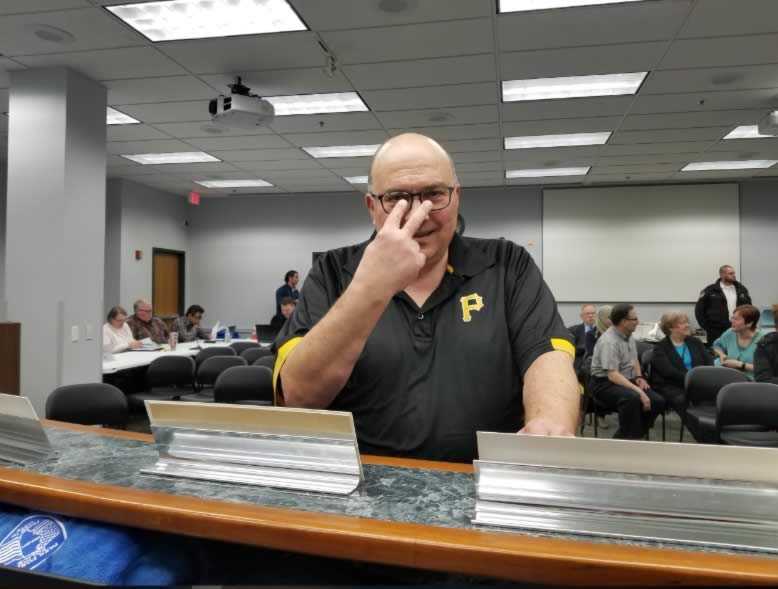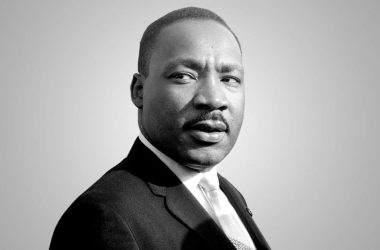NEW YORK—(ENEWSPF)—March 18, 2014. My good friend and colleague, Anthony Papa, found his passion for art while serving a 15-to-life sentence in Sing-Sing. Papa painted hundreds of pieces while behind bars, but one of them stands out and is the most powerful painting I have ever seen.
Papa’s self-portrait, “15 to Life” is haunting and causes a wave of emotion every time I see it. The piece shows Papa looking into a mirror with his hands clasping his head. He is looking into the mirror realizing that he is going to spend the most productive years of his life in a cage. The expression on his face, and the regret and fear in his eyes is chilling.
Papa was sentenced to 15 years to life for a first-time nonviolent drug offense. One of his friends got busted for drugs and had to entrap others to reduce his sentence. He convinced Papa to pass an envelope with four ounces of cocaine, a deal that would net Papa $500. Papa finally agreed and when he arrived with the envelope, he had 20 cops waiting for him.
In year six of Papa’s incarceration, he found his passion. Painting not only gave Papa something positive to do while behind bars, it would introduce his plight to the outside world, get him clemency and free him from prison.
In 1995 the Whitney Museum was looking to feature art by prisoners. Papa’s “15-to- Life” piece was selected. It generated press attention in the New York Times and other outlets.
Papa realized that this painting and the attention from the Whitney could help bring attention to his story. One problem was that the Whitney didn’t use his name when they displayed Papa’s piece, but only used the title 15-to-Life. Papa had to figure out how to let people know that he was the painter.
He decided to do his own PR. He sat in his jail cell and wrote out his whole story, including his piece showing at the Whitney Museum. He mailed his pitch to theWestchester Journal which did a profile on him. Others picked up on his story until it was picked up by the New York Times. Finally, after a wave of press, then-Gov. George Pataki granted Papa clemency in 1997, 12 years after he was sent to prison.
Papa had painted his way to freedom.
But Papa’s story doesn’t end there. Once Papa was freed, he decided to dedicate his life to changing the laws that incarcerated him. Papa and comedian Randy Credico founded a group called Mothers of the New York Disappeared and organized families that had loved ones incarcerated. They held vigils and protests where moms and dads, brothers and sisters would hold up photos of their loved ones who were serving long mandatory-minimum sentences on low-level drug charges. They changed the image of who serves time. These weren’t kingpins, these were peoples mothers and brothers rotting away for small amounts of drugs.
The Mothers teamed up with groups like the Drug Policy Alliance and hip-hop mogul Russell Simmons to mobilize against the Rockefeller Drug Laws. Russell Simmons brought together Jay Z, P-Diddy, 50 Cent and more to speak out and thousands came out to see them slam the drug laws.
In 2009, 36 years after the birth of the Rockefeller Drug Laws, the laws were reformed. I was at the event where Gov. David Paterson signed the Rockefeller Reform Laws. The photo of Papa hugging Gov. Paterson still makes me emotional.
Papa not only painted his own way to freedom, he helped change the laws to free the people he left behind.
About the Author:
Tony Newman is the director of media relations at the Drug Policy Alliance.
This piece first appeared on the Drug Policy Alliance blog.
Source: http://www.drugpolicy.org/








